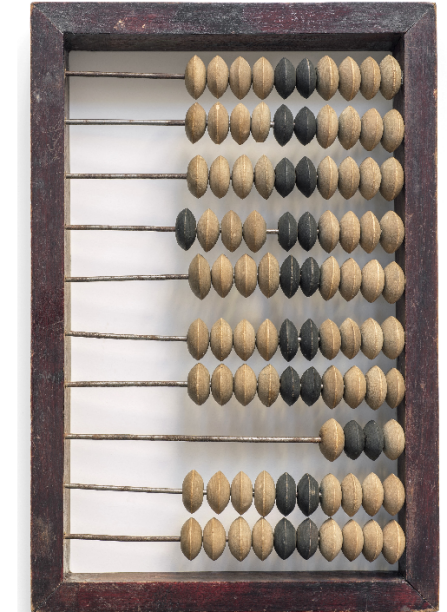From the abacus to the rekenrek: Teachers can count on arithmetic racks
When it comes to teaching mathematics, educators throughout history have counted on computational devices, like the abacus and the rekenrek.

The abacus, also known as a counting frame, was used for calculation before the calculator was created. It was likely invented by the Babylonians around 2,400 B.C.E., and is still used in some countries around the world today. By sliding small, colorful beads along rods or grooves, students using this apparatus may learn simple math—such as counting, addition, subtraction and division—more easily.
While the abacus is no longer a standard tool in classrooms in the U.S., the device may have helped inspire the development of similar, more learning-focused tools, like the rekenrek.
According to the Math Learning Center, while the rekenrek—also known as the arithmetic rack—looks like an abacus, it’s quite different. Each rung on the abacus stands for a different place value in increasing order. On the other hand, the rekenrek, designed by Adrian Treffers, a mathematics curriculum researcher at the Freudenthal Institute in the Netherlands, features ten beads per rung in a repeating pattern of five red and five white, and each bead has a one-to-one representational value.
Despite the rise of computers and calculators, the rekenrek has remained relevant in the modern classroom due to its ability to help children build their number sense and develop mathematical skills. It can also help children generate various addition and subtraction strategies, establish computation skills and solve contextual problems.
Although counting frames were invented long ago, young students will continue to benefit from engaging with hands-on learning devices like the rekenrek for years to come.